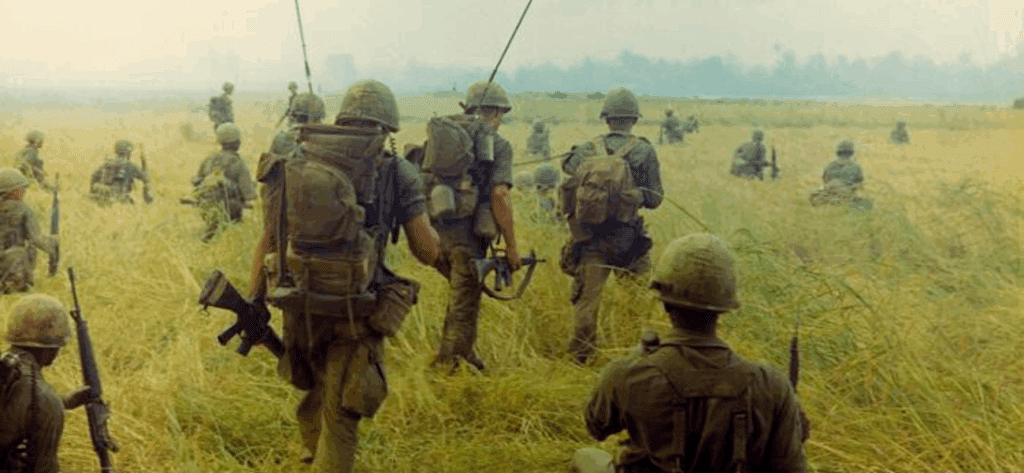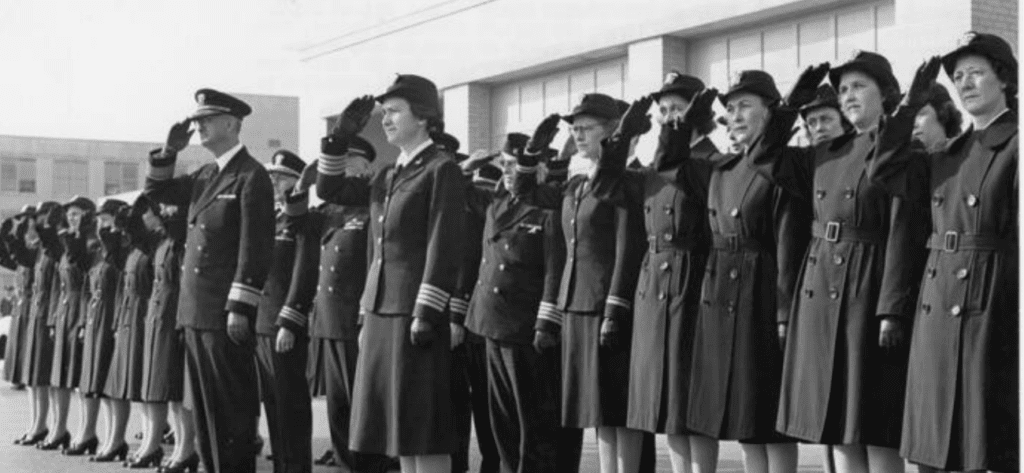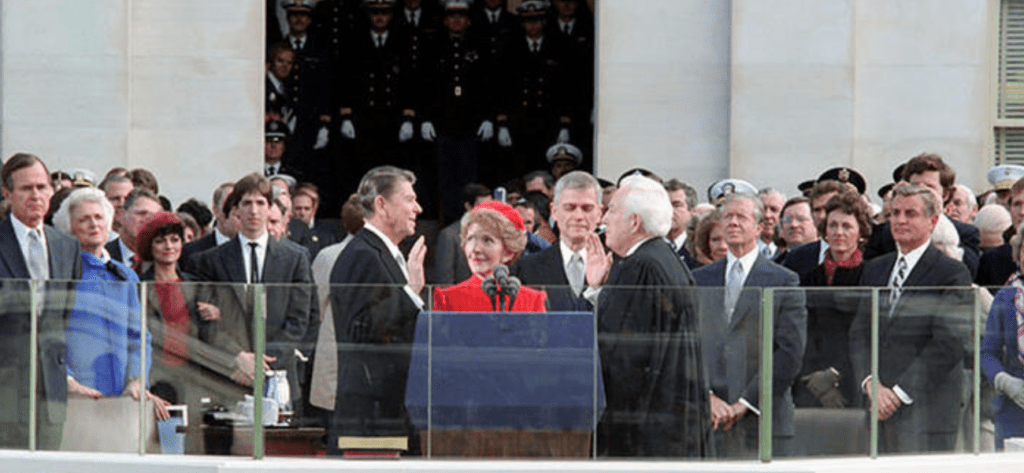Telegram Requesting Dr. Martin Luther King, Jr.’s Testimony before the House of Representatives’ Judiciary Committee on the Proposed Voting Rights Act, March 18, 1965
Dr. Martin Luther King, Jr. was a driving force behind the march that began in Selma, Alabama on March 7, 1965 to protest the violent denial of African Americans’ right to vote. On March 15, President Lyndon Johnson addressed the nation in support of the Selma marchers. Three days later, Congressman Emmanuel Celler sent this telegram requesting that Dr. King come to Washington, DC, to testify in support of the Voting Rights bill before Congress. Instead, King stayed with the marchers and gave a stirring speech at the Alabama state capitol. In large part due to the efforts of Dr. King and other civil rights activists, President Lyndon Johnson submitted the Voting Rights Act to Congress. He signed it into law on August 6, 1965.
Past Featured Records
The United States Army is older than the nation it protects and defends. Established more than a year before American independence was declared, the U.S. Army—America’s first national institution—has played a vital role throughout our history.
World War II, the deadliest military conflict in history, erupted in Europe on September 1, 1939, when Germany invaded Poland.
During World War II, navigating the Pacific Ocean's perilous tides and currents posed a constant challenge to the U.S. Navy. To update their maps and intelligence, the Navy established an Oceanographic Unit in 1943. The team of scientists was led by Mary Sears, a marine biologist commissioned as a lieutenant junior grade in the women’s division of the Naval Reserve, the WAVES.
After the Civil War, the federal government established a War Department agency to help Americans transition from slavery to freedom. The Freedmen’s Bureau (1865–72) issued rations, operated hospitals and helped establish schools and unite families. It worked to resolve labor disputes and negotiate labor contracts. It also presided over and documented marriages between freed couples.
From George Washington’s second term through Franklin D. Roosevelt’s first, inauguration day was generally held on March 4. Without cars or computers, the four months between the election and inauguration served a purpose in the late 18th and 19th centuries. It allowed the President-elect time to settle their affairs and journey to the nation’s capital.




